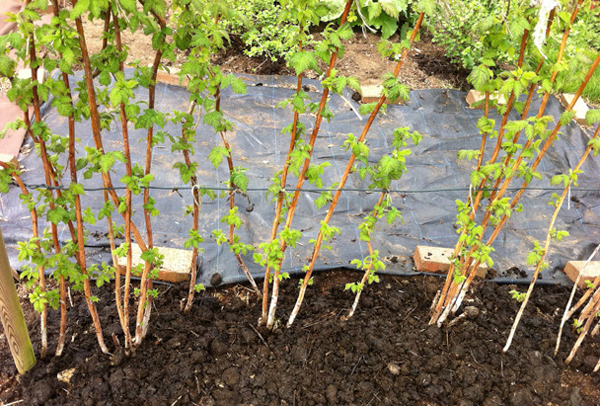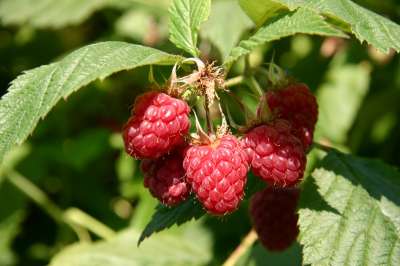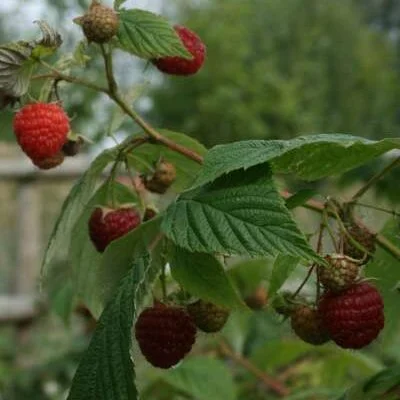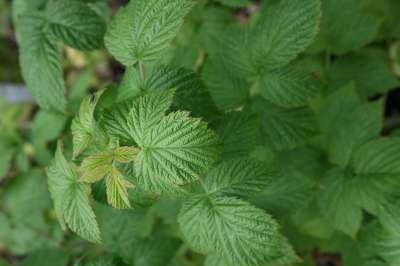Your basket is currently empty!
Growing Raspberries
Buy Raspberry Canes from our wide range of variety raspberry bushes.
Second only in popularity to strawberries, as soft fruit goes, the Raspberry is one of the most important area’s of any self-respecting fruit garden. Prolific and long lived, the fruits suit so many purposes – as fresh berries, jams, preserves, pies, juicing, yogurt making and much more – plus they freeze well, better than strawberries. So really you can never have too many raspberries! This guide – how to grow raspberries – aims to encourage and inform so that you can get the very most from the “Queen of soft fruits”
Season of Ripening
So, when can you enjoy the fruits of your labour – when will the first luscious fruits begin to ripen temptingly in your garden or on your allotment? The season can be quite a long one and with careful selection of varieties it is possible to have fresh raspberries from early July [sometimes even late June depending on locality and the weather] and with ripening this can then proceed right through July, August and September. Even in October you will be harvesting ripe raspberries from Autumn fruiting varieties which are often stopped only by the first significant frosts of the season. For your reference, when you read of early season varieties, these will generally begin ripening at the turn of June/July. Mid-season varieties proceed from early-mid July, late maincrop or late summer season varieties generally provide you with their fruit the second half or July and into August. Finally it is the turn of the aforementioned Autumn fruiting varieties which begin in late August and commence to ripen in flushes right through September and beyond.

Planting Raspberry Canes – Soil & Siting
The absolute ideal is a sheltered site in full sun with a hearty yet freely draining loamy soil. Many of us won’t have such a situation so it is encouraging to know that raspberries are fairly adaptable given a few must-haves.
By far the most important aspect is that of drainage. They simply wont’t thrive long-term if the soil is poorly drainage. This presents a problem for gardeners on clay [more later] under such situations the roots begin to die back and whilst the canes may grow healthily at first eventually these will die away too. But as long as your soil isn’t prone to waterlogging, or is very poorly structured and heavy, ph isn’t important so your new raspberry canes should do well. And as long as there is at least half a days sun that will suffice. Raspberries even grow quite well in comparative shade, or at best dappled sun, but you won’t get the best or sweetest fruits under these conditions. Shelter is beneficial because the canes can grow quite tall but as you will be growing them on some support system or other, the varying methods of which will be detailed later, then even if it is a windy spot this can be overcome. Bear in mind that the more open the position, and the less sun that is received, then the later the ripening period will be.
How to Plant Raspberry Canes
Make sure the soil is friable and loose and provide a light dressing of bonemeal as a fertilizer. The canes should be set 30-40cm’s apart with 180cm’s between rows. Plant so the roots are just covered with soil, firm well, and for summer fruiting varieties cut the cane back hard after planting.
Preparing the Soil
Ideally, be prepared by making sure your soil is just right the summer or Autumn before planting. This allows the soil to settle and break down further ahead of planting.
Your first task is make sure all weeds are removed. Attention to detail in this respect before planting will save a lot of work later on. Deep rooted weeds such as dandelions, thistle and nettles, can be dug out with less pernicious annuals hoed over. For larger area’s you may prefer to use a good herbicide and this will save a lot of time. Allow 4-6 weeks after application before planting your new raspberry canes. Raspberries are quite shallow rooted so you need to be very careful hoeing between them, that is why making sure the intended area is as clean as possible beforehand is doubly important.
Next prepare the immediate planting area by digging a trench of 3 about 36” in width and about 15” depth. This will be sufficient for one row of raspberries. In the bottom of the trench make a layer of good humus rich compost – this can be a mix of leafmould, compost-bin, grass clippings, a little well rotted manure, proprietary compost. Fork it in well and than backfill with the soil you removed. Now you can rake in a little fertilizer – growmore or bonemeal are both good. It does not matter if the soil is now a little higher than the surrounding ground because it will settle. This is better than having a sunken trench in which to plant. You can repeat this process based on how many rows you intend to plant.
How Much Space Do I Need for Raspberries
Just 15” between the canes is sufficient in the rows but before you get too carried away it might surprise you to know that you need a good 5-6’ –up to 70 inches] between the rows. This is because the canes do tend to spread out as they grow and you need room to move between the rows to perform basic tasks such as pruning and harvesting. It will soon become apparent that raspberry canes need more space than any other soft fruit, blackberries aside perhaps. But this space is repaid with bountiful long season crops and a useful life of 15-20 years on good soil.
Planting Your New Raspberry Canes
The best time to plant really is during the so-called dormant season – October to April. Generally the earlier you can plant the better. The winter time may not be the most convenient time to plant but it is the most reliable period to set the canes and they will establish with little fuss and shoot next Spring. Watering is seldom necessary except if a prolonged dry spring follows. These days you can also plant at any time of year, and during the warmer months and the growing season you can often buy canes supplied ex-container. So if you’ve missed the main planting season, or are just plain impatient you can still plant raspberries! Planting during the growing season requires a bit more attention, especially to that of watering and the canes musn’t be allowed to dry out after planting until they are well established; ideally this is 4-6 weeks.

The canes should not be planted too deeply and this is one of the main causes of failure. Raspberries are quite shallow rooted and if too deep the new canes from below ground, which is what you are aiming for in order to establish a new plantation, may not come through. So the canes should be planted individually, 15” apart with the roots just covered with nice friable soil, but no more than just covered. Firm them in with your hands or heel to prevent air-pockets around the roots which may cause them to dry out beneath the soil, adequate firming also ensures the canes do not loosen in the ground through wind rock.






